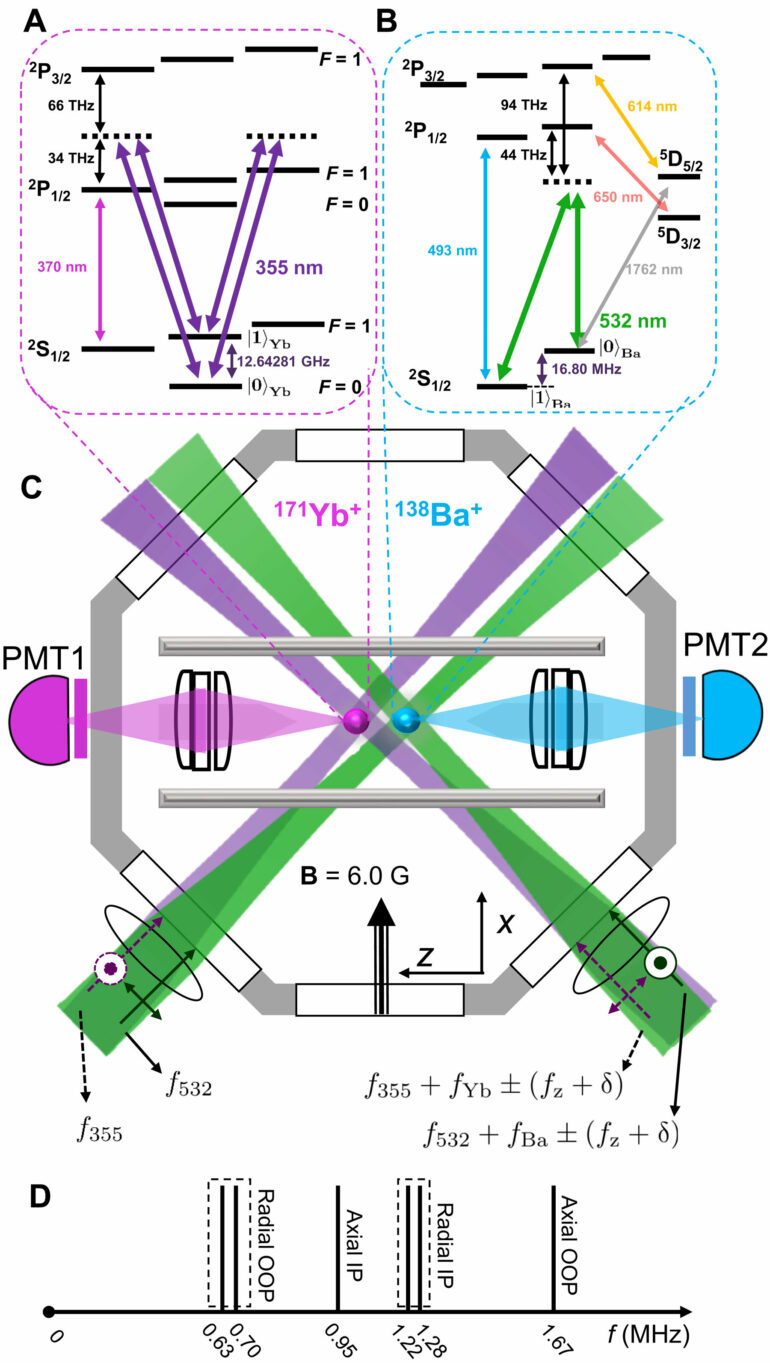Contextuality is essential to explain the power of quantum computers and the security of quantum communications. The study has been published in the journal Science Advances.
“To understand why this is interesting,” explains Adán Cabello, “let’s use the following game. Sergio and Mario show us their hands, fists clenched. We ask them to open one hand each for a moment. Only one. We check whether the hand contains something or not. In each round of the game, we can ask to open the same hand as many times as we want. After playing many rounds, we find that, in each round, the hand that Sergio has opened either always has something in it or is always empty. And the same goes for Mario. If we assume that, in each round, Sergio and Mario have or do not have something in each of their hands, it can be shown that the sum of certain probabilities has a limit. If we call this sum S, S cannot be greater than 2. However, in our experiment, S is 2.5.” How is this possible?
“It is possible,” the professor explains, “because Sergio is an ytterbium ion and Mario is a barium ion. An ion is an electrically charged atom. In the experiment, the two ions are caught in a trap and different lasers are used to make the measurements (so that they open their hands). In quantum physics, systems have no properties when they are not measured: properties are relative to measurements.”
“This experiment is very important because it is the first time that, on the one hand, questions to Sergio do not alter Mario’s answers and vice versa. On the other hand, when using ions, Sergio and Mario always respond. In other experiments (e.g. with photons) they sometimes do not respond. In addition, we can repeat the measurements in any order we wish. It is a unique experiment that allows us to prove that everything happens exactly as quantum physics predicts,” says the professor from the University of Seville. “The fact that we have such precise control over such sensitive systems shows how far we have come.”
The phenomenon shown in the experiment, which physicists refer to as “contextuality,” is behind the power of quantum computers to solve problems impossible for today’s computers and the possibility of obtaining secure communications.
More information:
Pengfei wang, Significant loophole-free test of Kochen-Specker contextuality using two species of atomic ions, Science Advances (2022). DOI: 10.1126/sciadv.abk1660. www.science.org/doi/10.1126/sciadv.abk1660
Provided by
University of Seville
Citation:
First experiment of quantum contextuality ‘without loopholes’ (2022, March 17)
